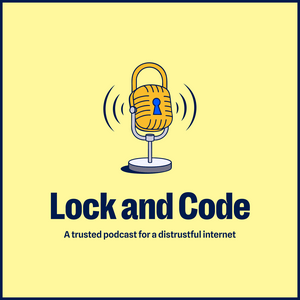Would you sext ChatGPT? (feat. Deb Donig)
In the final, cold winter months of the year, ChatGPT could be heating up.On October 14, OpenAI CEO Sam Altman said that the “restrictions” that his company previously placed on their flagship product, ChatGPT, would be removed, allowing, perhaps, for “erotica” in the future.“We made ChatGPT pretty restrictive to make sure we were being careful with mental health issues,” Altman wrote on the platform X. “We realize this made it less useful/enjoyable to many users who had no mental health problems, but given the seriousness of the issue we wanted to get this right.”This wasn’t the first time that OpenAI or its executive had addressed mental health.On August 26, OpenAI published a blog titled “Helping people when they need it most,” which explored new protections for users, including stronger safeguards for long conversations, better recognition of people in crisis, and easier access to outside emergency services and even family and friends. The blog alludes to “recent heartbreaking cases of people using ChatGPT in the midst of acute crises,” but it never explains what, explicitly, that means.But on the very same day the blog was posted, OpenAI was sued for the alleged role that ChatGPT played in the suicide of a 16-year-old boy. According to chat logs disclosed in the lawsuit, the teenager spoke openly to the AI chatbot about suicide, he shared that he wanted to leave a noose in his room, and he even reportedly received an offer to help write a suicide note.Bizarrely, this tragedy plays a role in the larger story, because it was Altman himself who tied the company’s mental health campaign to its possible debut of erotic content.“In December, as we roll out age-gating more fully and as part of our ‘treat adult users like adults’ principle, we will allow even more, like erotica for verified adults.”What “erotica” entails is unclear, but one could safely assume it involves all the capabilities currently present in ChatGPT, through generative chat, of course, but also image generation. Today, on the Lock and Code podcast with host David Ruiz, we speak with Deb Donig, on faculty at the UC Berkeley School of Information, about the ethics of AI erotica, the possible accountability that belongs to users and to OpenAI, and why intimacy with an AI-power chatbot feels so strange.“A chat bot offers, we might call it, ‘intimacy’s performance,’ without any of its substance, so you get all of the linguistic markers of connection, but no possibility for, for example, rejection. That’s part of the human experience of a relationship.”Tune in today.You can also find us on Apple Podcasts, Spotify, and whatever preferred podcast platform you use.For all our cybersecurity coverage, visit Malwarebytes Labs at malwarebytes.com/blog.Show notes and credits:Intro Music: “Spellbound” by Kevin MacLeod (incompetech.com)Licensed under Creative Commons: By Attribution 4.0 License


